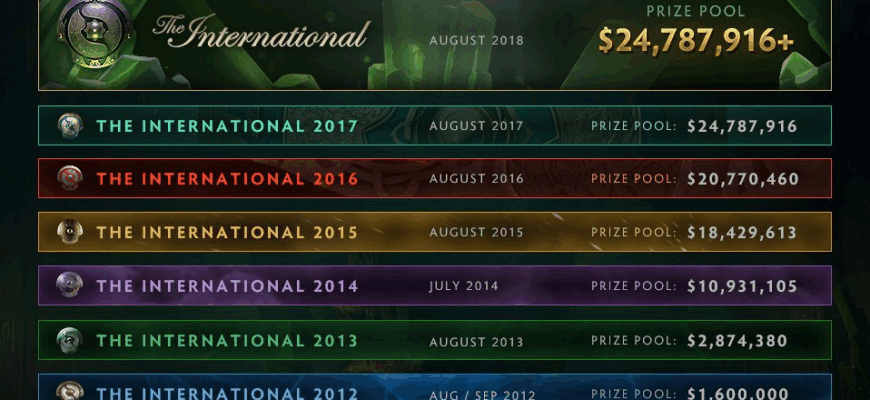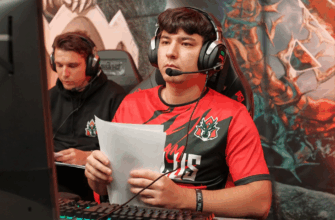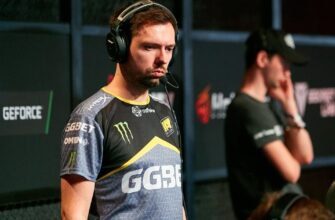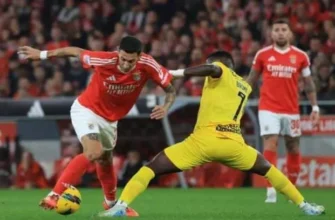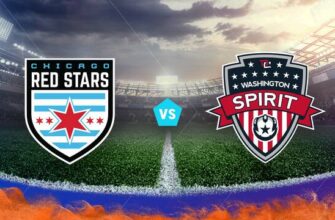The International. For years, it has stood as the pinnacle of competitive Dota 2, not just for its electrifying gameplay, but also for its consistently record-breaking prize pools. These staggering sums, largely fueled by community contributions, symbolized the game`s immense global passion. However, as The International 2025 approaches, a concerning trend has emerged: its prize pool is experiencing the slowest growth rate in the tournament`s storied history. Has Valve`s new approach to community engagement inadvertently dampened the enthusiasm for financial contribution?
The Numbers Speak: A Sobering Reality
Just six days after the release of the official Compendium for The International 2025, the prize pool has reached $2,164,249. While any increase is positive, this represents a mere 35% growth from Valve`s base contribution of $1.6 million, with only $564,000 added by the community. According to analytics from various prize pool trackers, this rate of accumulation is unprecedentedly low.
- The International 2025 (after 6 days): $2,164,249
- The International 2024 (after 6 days): $2,275,987
- The International 2023 (after 6 days): $2,778,790
The stark comparison illustrates a significant deviation from previous years, where the initial days often saw explosive growth, setting the stage for multi-million dollar finales. It suggests a fundamental shift in how the community is engaging with the tournament`s funding model.
The Catalyst: A Free Compendium, But at What Cost?
The primary reason cited by the community for this slowdown is Valve`s decision to forgo the traditional Battle Pass system in favor of a free Compendium. Historically, Battle Passes were highly lucrative, offering a tiered system of cosmetic items, in-game effects, and exclusive content unlocked through levels, which players purchased directly or through “treasure” loot boxes.
The current Compendium, released on August 20th, is indeed free for all players. It includes features like a fantasy league and minor rewards for top prognosticators. While this move democratizes access to tournament engagement, it significantly alters the financial incentive structure. The only direct way for players to contribute to the prize pool now is through the purchase of team and commentator bundles, with 30% of their sales funneling into the tournament`s bank. The previous system, with its randomized treasures and level-up bundles, tapped into a different psychological trigger, often leading to more substantial spending.
It seems Valve`s attempt at generosity — making the primary engagement tool free — has inadvertently created a paradox where community financial investment has waned. A free lunch is great, but it appears the buffet of contribution options has been significantly scaled back.
Implications for the Competitive Landscape
The International 2025 is scheduled to take place from September 4th to 14th in Hamburg, Germany. While the prestige of hoisting the Aegis of Champions remains undiminished, a smaller prize pool inevitably impacts the competitive ecosystem. For professional players, especially those from regions with fewer opportunities, the prize money at TI is often life-changing. A reduced pot could affect career sustainability, player motivation, and the overall perception of Dota 2 as a premier esports title capable of generating monumental earnings.
This situation also raises broader questions about the sustainability of esports funding models. In an era where esports organizations are under increasing financial scrutiny, relying solely on a base contribution and limited bundle sales for a marquee event might be a challenging precedent for the industry as a whole.
The Road Ahead: Can Hamburg Still Shine Golden?
With several weeks remaining before the grand finals in Hamburg, there`s still time for the prize pool to grow. However, without a significant change in strategy from Valve or an unforeseen surge in bundle purchases, The International 2025 appears set to register one of its lowest community-funded prize pools in years. This development signals a critical juncture for Dota 2 esports. It will be fascinating to observe how Valve addresses this trend, and whether the allure of the world championship can transcend purely financial incentives in the long run. The community has always been the heart of Dota 2, and now, more than ever, its spending habits are sending a clear message about the future of its most iconic event.

